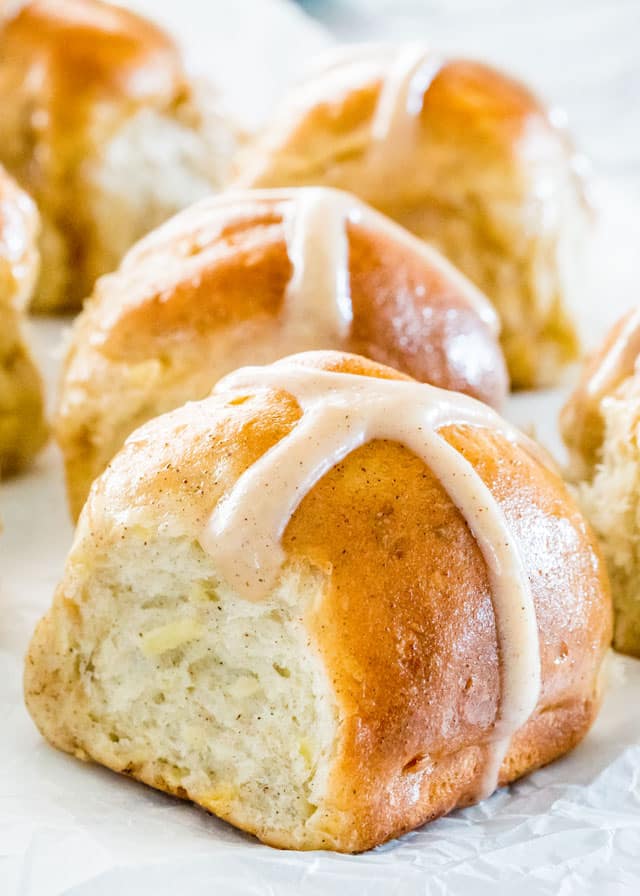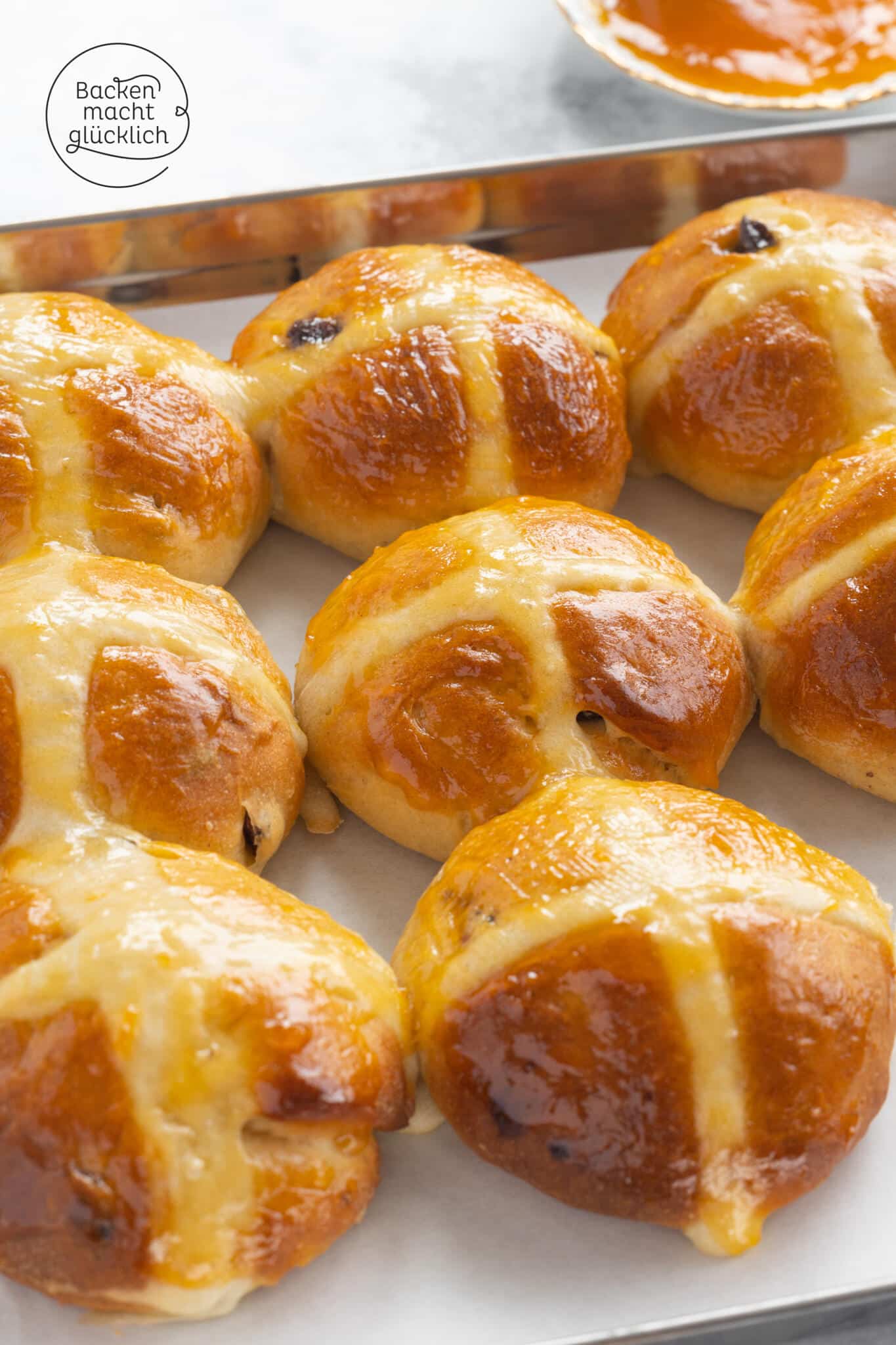The Role Of Tradition In The Modern-Day Hot Cross Bun
Ingredients and Symbolism
Meaning of the Cross
The cross on a hot cross bun is a symbol of the Christian cross, which is a representation of the crucifixion of Jesus Christ.
The cross is a robust image of Christianity, and it is used on hot cross buns to remind Christians of the sacrifice that Jesus made for them.

The cross can be a symbol of hope and victory, because it represents the resurrection of Jesus Christ.
The Hot Cross Bun Recipe cross bun is a traditional Easter food, and it’s eaten by Christians all round the world.
The bun is made with a sweet dough, and it is usually topped with a cross created from icing or pastry.
The hot cross bun is a scrumptious and symbolic meals, and it is a popular approach to have fun Easter.
Spices and Flavorings
Ingredients and Symbolism
The ingredients used in a hot cross bun and their symbolism have remained largely unchanged over time.
Spices and Flavorings
The spices and flavorings utilized in hot cross buns are additionally believed to have symbolic meanings.
Historical Origins
Pagan and Christian Roots
Historical Origins, Pagan and Christian Roots:
- Origins in pagan festivals celebrating the spring equinox, with buns baked as choices to the gods.
- Early Christian adoption of the practice, with the cross reduce into the buns to represent the crucifixion.
- Association with Good Friday in the Anglican tradition, symbolizing the body of Christ.
- Incorporating spices like cinnamon and nutmeg, influenced by Middle Eastern delicacies through the Crusades.
Medieval Traditions
The hot cross bun is a candy bun marked with a cross on high and historically eaten on Good Friday in the United Kingdom and different Commonwealth international locations. The bun is believed to have originated in the eleventh century, when a monk at St Alban’s Abbey in Hertfordshire, England, is alleged to have blessed the buns with the signal of the cross earlier than baking them.
The cross on the bun is alleged to characterize the crucifixion of Jesus Christ, and the spices used within the bun, similar to cinnamon, nutmeg, and ginger, are said to symbolize the spices used to embalm Christ’s body.
The hot cross bun is a well-liked meals in the United Kingdom and different Commonwealth international locations, and is often eaten toasted with butter or jam. The bun can additionally be a well-liked ingredient in bread and butter pudding.
In addition to its non secular significance, the hot cross bun can also be related to a quantity of medieval traditions. For example, it is said that if a hot cross bun is hung in the kitchen, it will defend the home from fire. It is also said that if a hot cross bun is eaten on Good Friday, it’ll prevent the eater from getting sick.
The hot cross bun is a scrumptious and conventional meals that’s loved by people of all ages. The bun is a reminder of the crucifixion of Jesus Christ and is an emblem of hope and new life.
Cultural Impact
Seasonal Delicacies
Cultural Impact
Hot Cross Buns have a long and storied historical past, courting again to the twelfth century. They are traditionally eaten on Good Friday, the day that commemorates the crucifixion of Jesus Christ. The buns have been originally marked with a cross to represent the cross that Jesus was crucified on.
Today, Hot Cross Buns are still a popular food merchandise in lots of international locations around the world. They are sometimes eaten with butter or jam, they usually can additionally be used to make desserts such as bread pudding or trifle.
Hot Cross Buns are a logo of many various things, together with:
Hot Cross Buns are not solely a scrumptious food, however they’re additionally a reminder of the importance of tradition.
Seasonal Delicacies
Hot Cross Buns are a seasonal delicacy that is only available for a limited time each year. They are usually bought from the start of Lent till Easter Sunday.
The availability of Hot Cross Buns is a reminder that the seasons are changing. The arrival of Hot Cross Buns in shops is a sign that spring is on its method.
Hot Cross Buns are a delicious and seasonal deal with that can be loved by folks of all ages.
Literary and Artistic References
–Cultural Impact of Hot Cross Buns:
– Associated with Easter traditions and symbolism
– Represent the crucifixion and resurrection of Jesus Christ
– Spices symbolize spices used to embalm Christ’s body
–Literary and Artistic References:
– Mentioned in William Shakespeare’s “Romeo and Juliet”
– Depicted in paintings by artists like Vincent van Gogh and William Holman Hunt
– Symbol of spring and rebirth in poetry and literature
Modern Interpretations
Gourmet Variations
Modern Interpretations and Gourmet Variations
- Flavored Buns: Classic flavors like cinnamon, orange, and chocolate have been incorporated, whereas unique choices such as salted caramel or maple-bacon.
- Savory Buns: Deviations from the standard candy bun embody savory varieties filled with ingredients like cheese, bacon, or vegetables.
- Stuffed Buns: Hot cross buns are remodeled into decadent treats by stuffing them with fillings like fruit compote, cream cheese, or even mini eggs.
- Glazed Buns: A layer of sweet glaze, starting from conventional sugar glaze to colourful and flavored variations, adds an additional touch of indulgence.
- Gluten-Free and Vegan Options: Catering to dietary preferences, modern interpretations include gluten-free and vegan variations of hot cross buns.
- Unique Shapes and Designs: Bakers experiment with totally different shapes and designs, creating buns within the type of animals, hearts, and even intricate patterns.
- Artisanal Ingredients: Gourmet variations utilize high-quality ingredients like natural flour, artisanal butter, and premium spices to raise the style experience.
Alternative Flavors and Shapes
Modern Interpretations of the Hot Cross Bun embrace variations in form, dimension, and flavors. The conventional round bun is now obtainable as loaves, muffins, and even doughnuts. Some bakers even create festive shapes like bunnies or crosses for Easter.
Alternative flavors of Hot Cross Buns vary from the basic cinnamon and raisin to extra adventurous options like chocolate, orange, and even lavender. Bakers experiment with completely different spices and fillings, creating distinctive and thrilling variations.
These trendy interpretations and alternative flavors increase the appeal of the Hot Cross Bun, attracting a wider audience. While tradition stays cherished, innovation and creativity deliver recent perspectives to this Easter staple.
Health and Nutrition
Nutritional Value of Hot Cross Buns
Hot cross buns are a standard Easter food that is loved by individuals of all ages. They are sometimes made with flour, sugar, butter, eggs, and yeast, and are often flavoured with spices corresponding to cinnamon and nutmeg. The buns are usually marked with a cross on the highest, which is said to characterize the crucifixion of Jesus Christ.
Hot cross buns are a good source of carbohydrates, protein, and fibre. They also include a wide range of nutritional vitamins and minerals, together with iron, calcium, and potassium. However, they’re also excessive in energy and sugar, so it is very important eat them carefully.
The dietary worth of a hot cross bun (50g) is as follows:
- Calories: 120
- Protein: 3g
- Carbohydrates: 22g
- Fat: 4g
- Fibre: 2g
- Iron: 1mg
- Calcium: 40mg
- Potassium: 100mg
Hot cross buns can be a healthy and gratifying part of a balanced diet. However, it is important to eat them sparsely, as they are high in calories and sugar.
Dietary Restrictions
• Dietary restrictions are limitations placed on food decisions due to medical, ethical, cultural, or private causes.
• Medical restrictions are primarily based on allergic reactions, intolerances, or other well being situations that require avoidance of sure foods.
– Allergies involve an immune response to a selected protein in meals, inflicting symptoms similar to hives, swelling, and issue respiration.
– Intolerances are digestive issues brought on by an lack of ability to interrupt down sure meals parts, resulting in symptoms like bloating, gasoline, and diarrhea.
– Medical situations like celiac illness might necessitate a gluten-free food plan to prevent intestinal harm.
• Ethical restrictions stem from beliefs in regards to the remedy of animals and the setting.
– Vegetarianism excludes meat consumption, while veganism eliminates all animal products.
– Some individuals avoid meals associated with animal suffering or environmental degradation, corresponding to industrially produced meat or certain seafood.
• Cultural and private restrictions are influenced by religious beliefs, traditions, or preferences.
– Religious diets may forbid particular foods or require fasting during sure intervals.
– Cultural traditions shape food habits and preferences, such as the avoidance of pork in sure cultures.
– Personal preferences embrace dislikes for certain meals or the adoption of particular dietary patterns, like the ketogenic diet.
• Addressing dietary restrictions requires cautious meals selection, meal planning, and communication with healthcare professionals.
– Reading meals labels, checking elements, and consulting dependable assets is crucial.
– Meal planning ought to ensure variety throughout the restricted diet to meet nutritional needs.
– Consulting healthcare professionals, registered dietitians, or nutritionists can provide customized guidance and support.
Conclusion
Enduring Legacy of Tradition
The enduring legacy of tradition in the modern-day hot cross bun is a testomony to the enduring power of ritual and symbolism. The hot cross bun is a food with an extended and storied history, courting again to medieval occasions. It is an emblem of Easter, and its cross-shaped prime is claimed to represent the crucifixion of Jesus Christ. The hot cross bun is also a scrumptious and comforting meals, and it is enjoyed by hundreds of thousands of people around the globe.
The custom of eating hot cross buns on Easter has been passed down via generations, and it is a tradition that’s nonetheless observed by many individuals right now. The hot cross bun is commonly served with butter or jam, and it’s a well-liked treat for children and adults alike. The hot cross bun is also an emblem of hope and new beginnings, and it is a meals that is usually related to springtime.
The enduring legacy of custom within the modern-day hot cross bun is a reminder of the significance of tradition and ritual in our lives. The hot cross bun is a meals that is steeped in history and symbolism, and it’s a meals that continues to be loved by millions of people all over the world.

